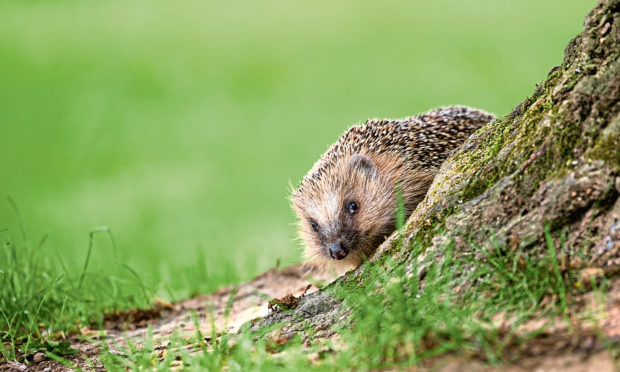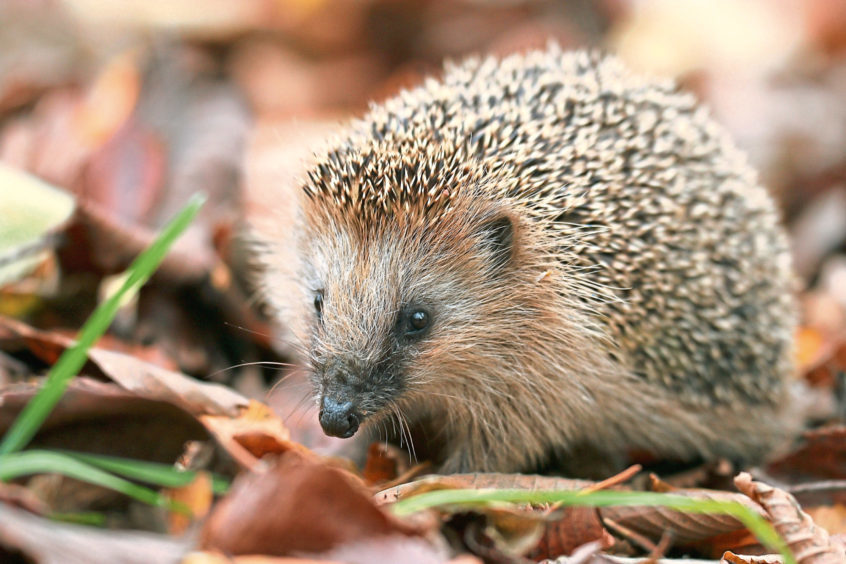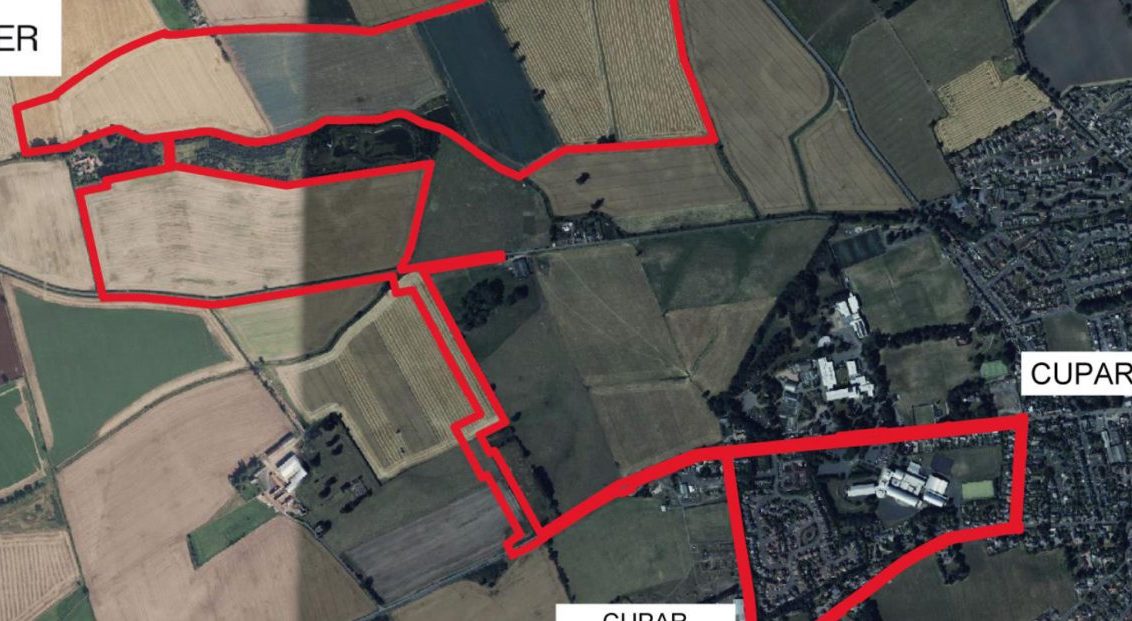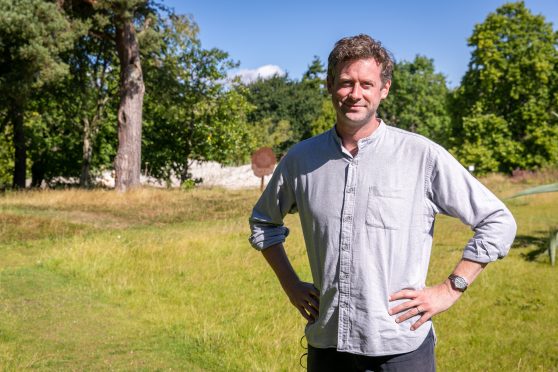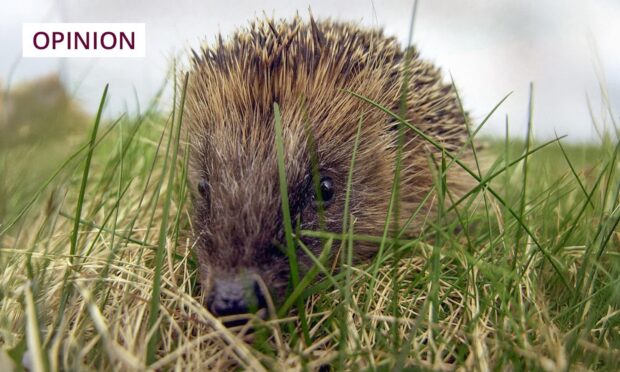I’m sitting in the garden at dusk, the damp air hanging heavy from recent rain. A bat twirls by the leafy fringes of a sycamore, repeatedly sweeping towards the foliage before fluttering out again as it hunts for flying insects.
I like dusk – the gloaming – a time of softly fading light and peaceful air; a time when some creatures are preparing for sleep whilst others are just waking from their slumbers. A dark rotund shape trundles across the lawn and stops, before moving on again and then disappears under the lengthening shadows of a beech hedge. It’s a hedgehog – the first one I’ve seen in the garden this year, and a smallish one too, so most probably a youngster.
I slowly rise from the garden chair, tip-toe up to the hedge and hunker down onto my hands and knees. But there is no sign of the hedgehog, this creature of the night has gone, enveloped by the creeping tide of darkness.
I return to my seat and reflect upon the sighting, for the hedgehog is a beast that is in terrible trouble. It is often too easy to exaggerate the scale of the decline of some of our wildlife, but when it comes to the hedgehog, I’m in no doubt that this is an animal in real peril, with numbers plummeting in recent decades.
As a child, the hedgehog was an animal I was all too familiar with, and I have fond memories of following the creatures as they snuffled their way along the ground in search of slugs and other invertebrates. Get too close, and the spiny animal would half-curl into a protective prickly ball. Touch it, and the ball would tighten like a clenched fist.
It’s a pretty effective defence mechanism, but not quite a perfect one, for a determined badger can open a hedgehog with its powerful claws. But even with such strength, it must take a badger much trial and error to develop the necessary skills for dealing with the spines.
Whilst rolling into a prickly sphere deters many predators, it is no defence whatsoever against cars, and many tens of thousands of hedgehogs, perhaps much more than that, get killed on our roads each year. Other factors in this death by a thousand cuts include habitat loss and fragmentation, along with pesticides reducing the amount of prey available for hedgehogs.
The following evening, I venture into the garden once more in the hope that this hedgehog is a creature of habit and might reappear. I wait until the full grip of night takes hold, but the hedgehog fails to materialise. No matter, perhaps it has taken a different route this time around.
Rain begins to fall and it’s time to head indoors, but before I do so, I have one last glance back into the dark void of the garden. Somewhere out there this young hedgehog is foraging – and I can’t help but wonder what the future holds for it.
Info
One way to help hedgehogs is by ensuring there are gaps at the bottom of garden fences to ensure the animals can move freely between gardens. A foraging hedgehog can roam as much as 3km in a night.
